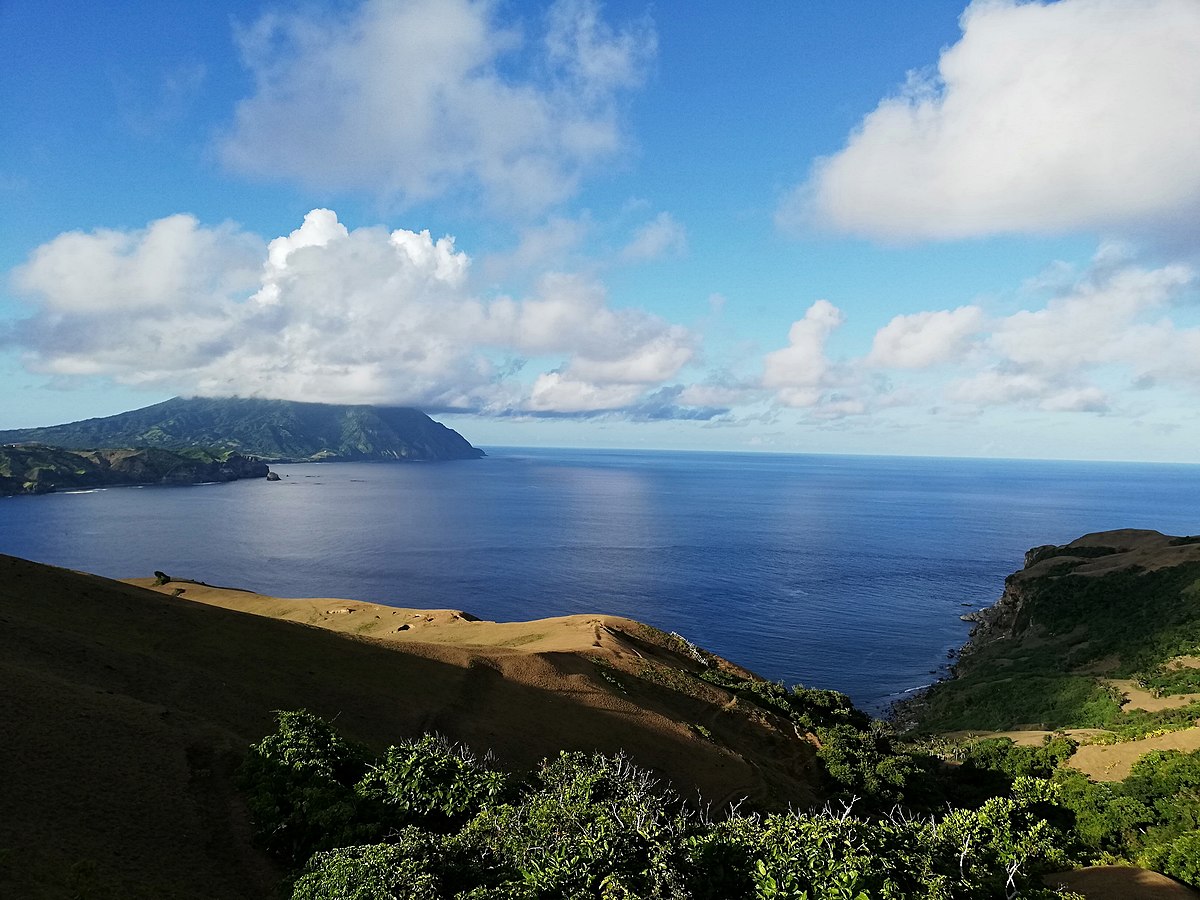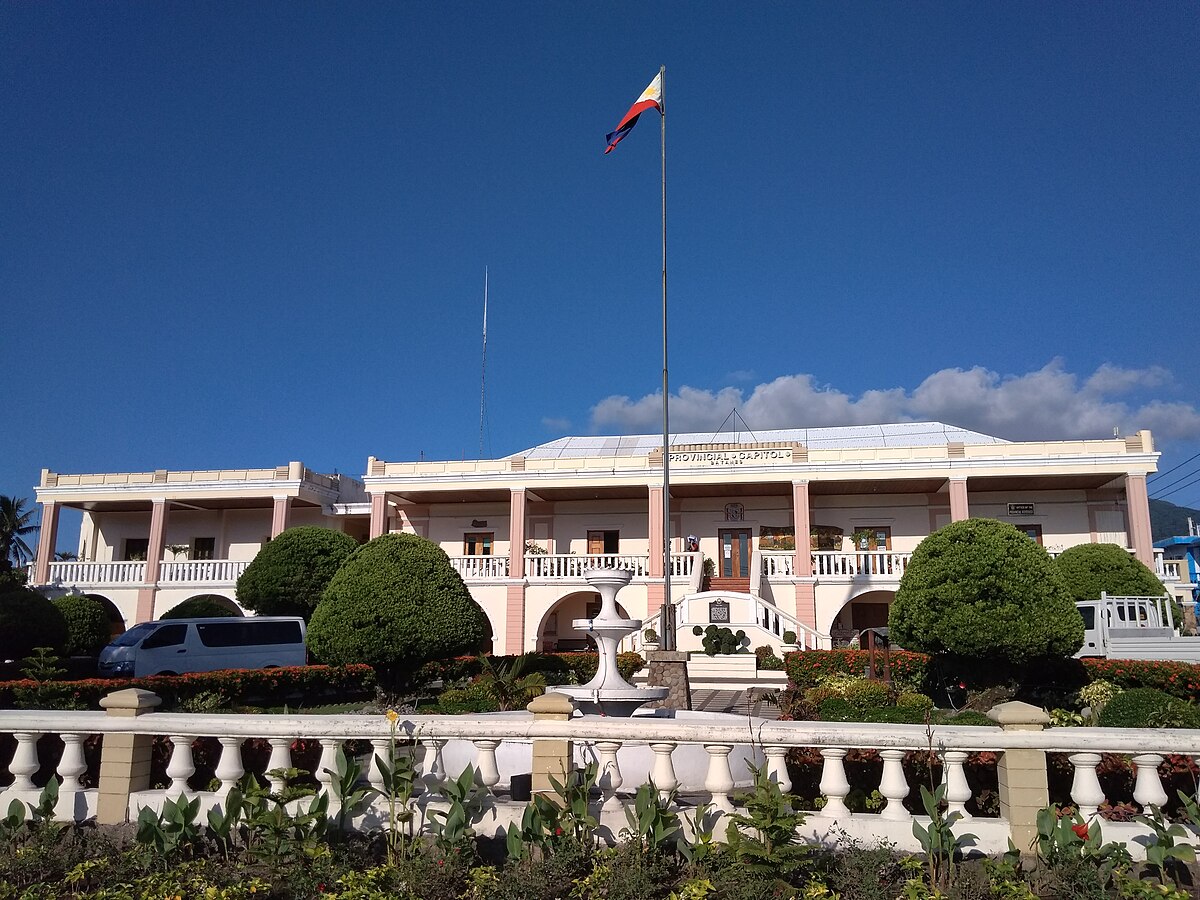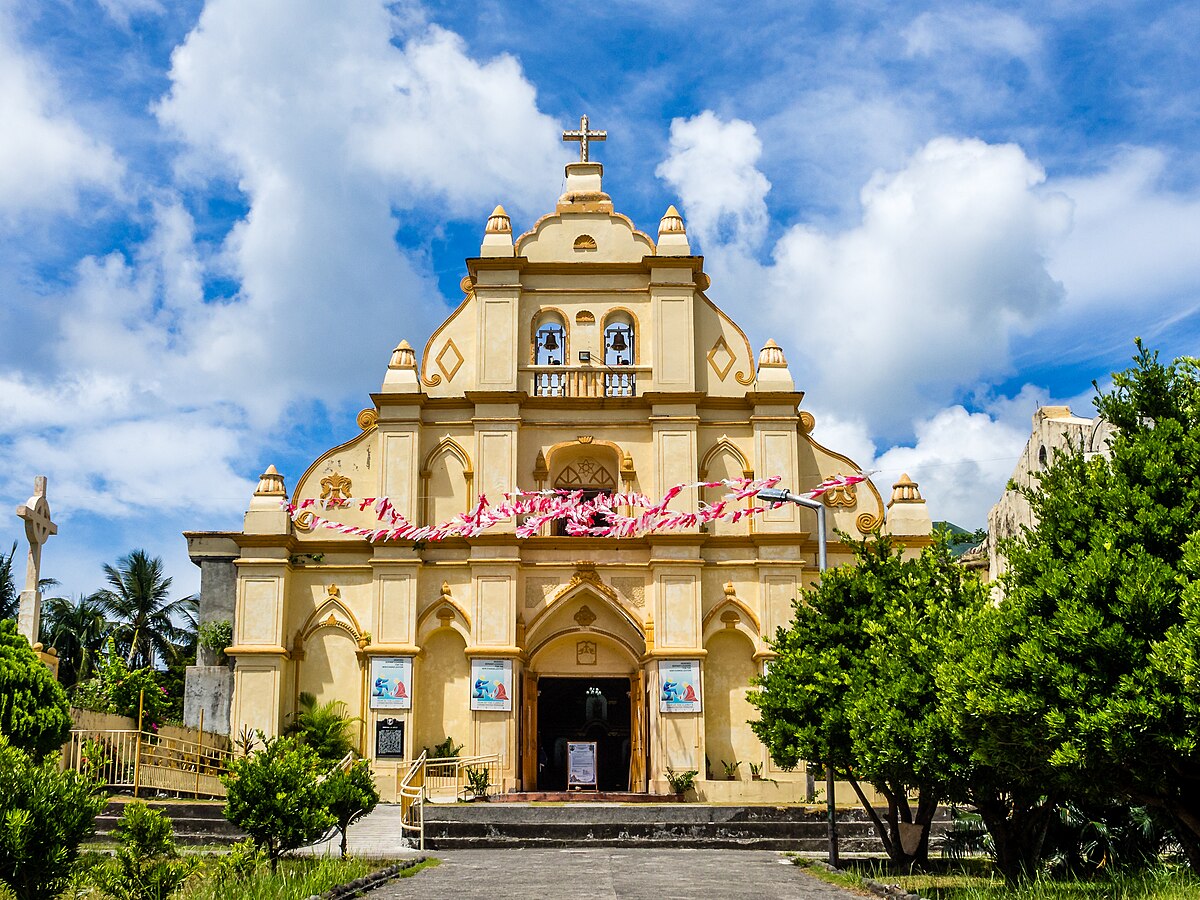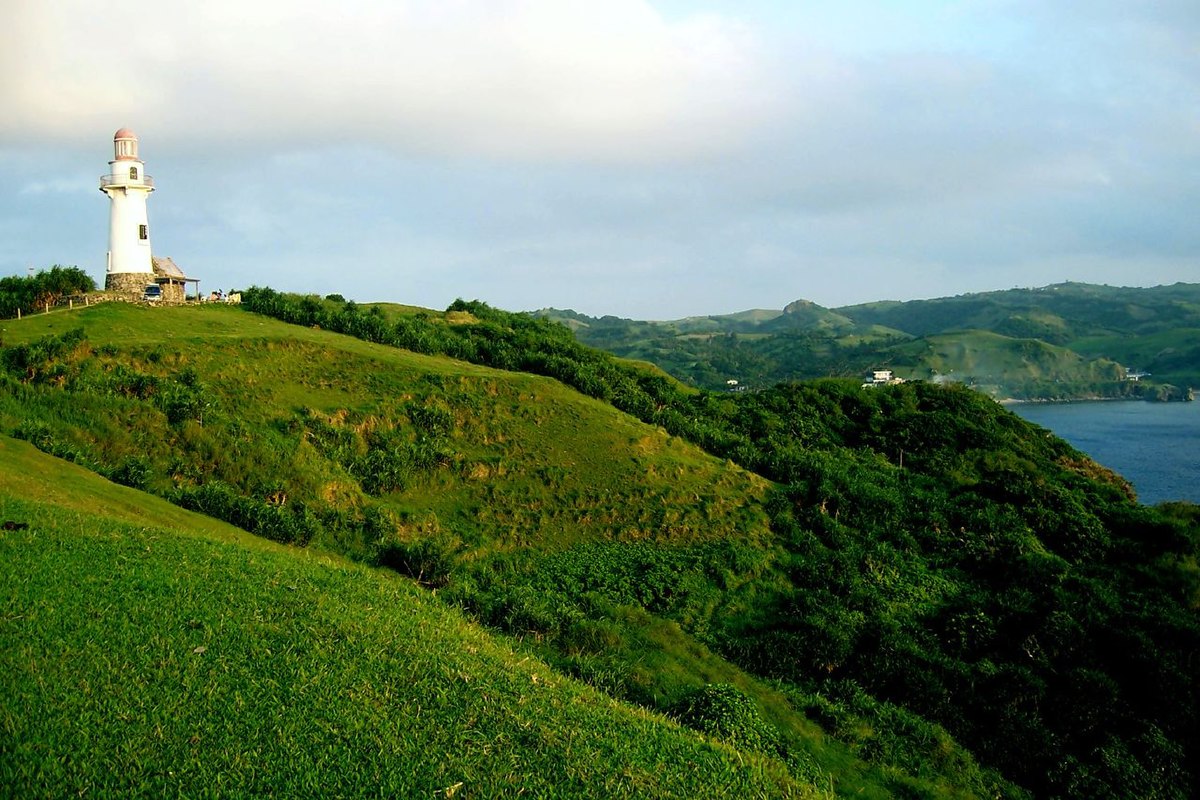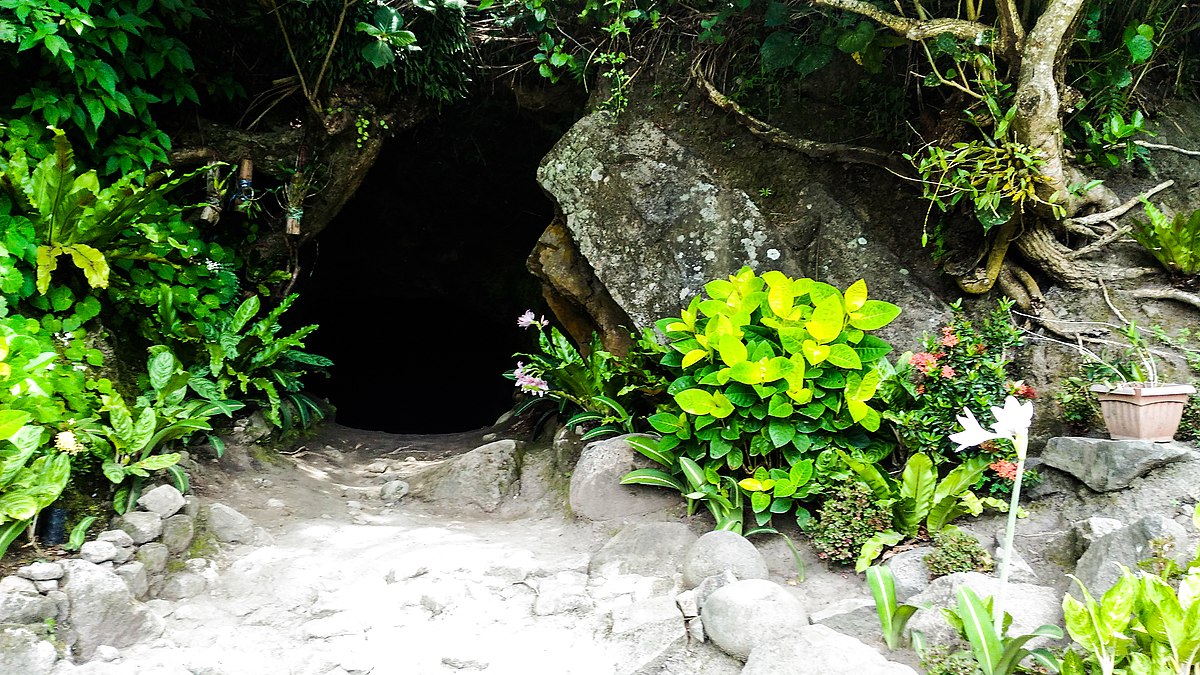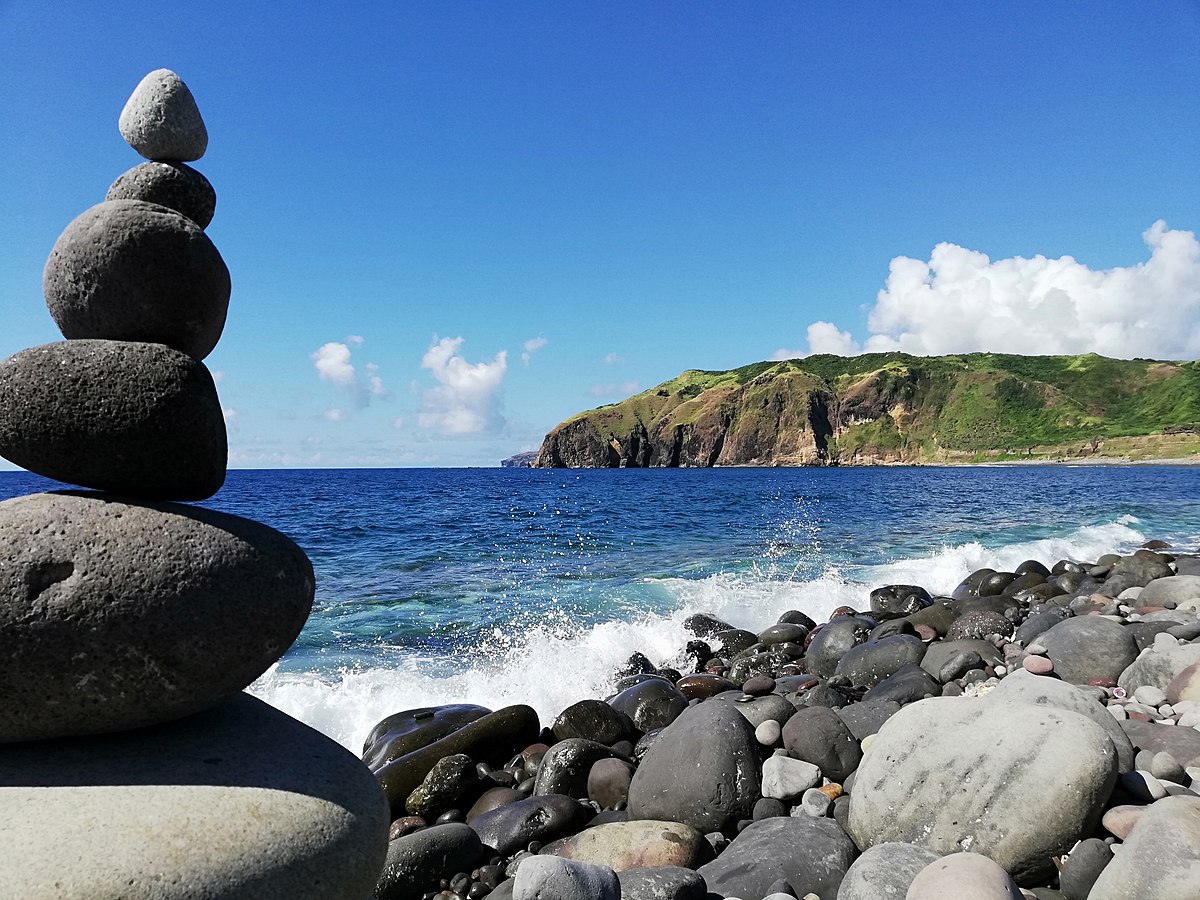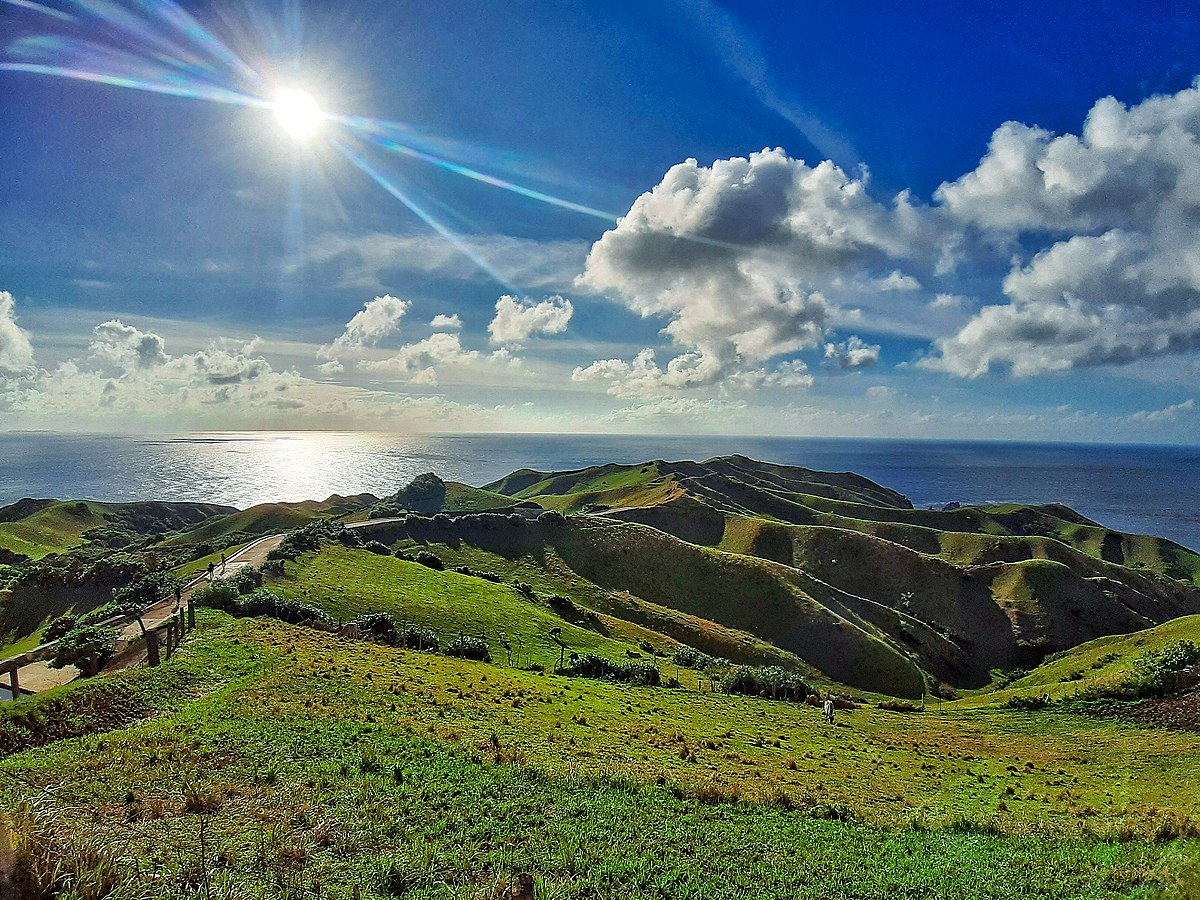Welcome to Basco in Batanes, and welcome to Anthro on Foot's walking tour! This is a self-paced
walking tour
that features key heritage sites and cultural highlights in the area. We hope you enjoy this tour as
much as we
enjoyed curating it!
The Batanes archipelago stands as the northernmost province within the Philippines and holds the
distinction of
being the country's least populated region. Interestingly, it is situated even closer to Taiwan
than to the northern
tip of Luzon, the Philippines' largest island.
Among the ten volcanic islands constituting the province, only three are inhabited: Batan (housing
the provincial
capital, Vasay or Basco), Sabtang, and Itbayat. Ivuhos, the fourth island located approximately a
kilometer and a
half east of Sabtang, is home to a few families engaged in cattle farming. The remaining
islands—Yami, North,
Mavudis, Siayan, Di-nem, and Dequey—are uninhabited. Despite its modest size, with a total land area
of 230
square kilometers, making it the smallest province in the country, Batanes showcases a diverse
climate classified
as Type A, characterized by a delightful semi-temperate climate.
The Ivatan people of Batanes recognize two seasons: rayun (or summer) spanning from March to May,
and amian
(or winter) occurring between November and February. Kachachimuyen represents the rainy months
throughout
the rest of the year, with a brief period of warm weather (or dekey a rayun) observed in the two
weeks between
September and October.
Before the Spanish colonization, Ivatan dwellings consisted of small, low cogon houses
strategically positioned
for maximum protection against strong winds. The Spaniards introduced large-scale lime production,
enabling
the construction of the renowned "traditional" Ivatan stone houses with remarkably thick
cogon roofs capable of
withstanding the fiercest typhoons.
Small islands typically have constrained carrying capacities, and the seas are hospitable for only
a few months,
mainly March, April, and May each year. Fishing for Dibang (or flying fish) and arayu (or
dolphinfish) becomes
a focal point during the fishing season.
